
Robert McDonald, Principal Engineer at Norway's Institute for Energy Technology (IFE), says it's time to shine the spotlight on the potential of thorium and small modular reactors (SMRs) for shipping.
The big picture: The concept would transfer the short-sea battery revolution to the deep sea, enabling ships to recharge anywhere in the world.
In April, the design for the world's first thorium-powered ship, Ulstein Thor, was launched.
McDonald describes Thor as "a fantastic idea" and posits that thorium is "possibly one of, if not the, most feasible alternative future fuels for maritime."
An SMR is a nuclear reactor with a power output of 10-300 megawatts electric (MWe), McDonald explains, as he goes on to list what he believes are the key benefits of the technology.
McDonald acknowledges that the word 'nuclear' has different connotations for different audiences and that the willingness within society to embrace thorium-powered ships will be crucial for it to be accepted.
To support his argument, McDonald points out that nuclear-powered naval vessels already call at ports around the world every day and have been doing so since 1955.
McDonald notes that the military follow regulations whereby they are expected to keep the reactors safe and ensure there is no unauthorized access. "I expect those regulations would be the same in a commercial scenario," he adds.
IFE and Ulstein are not alone in their interest in thorium and MSRs in the maritime context.
"Up until this year it seemed like MSRs and thorium were areas of niche interest, whereas now momentum is really growing," McDonald says.
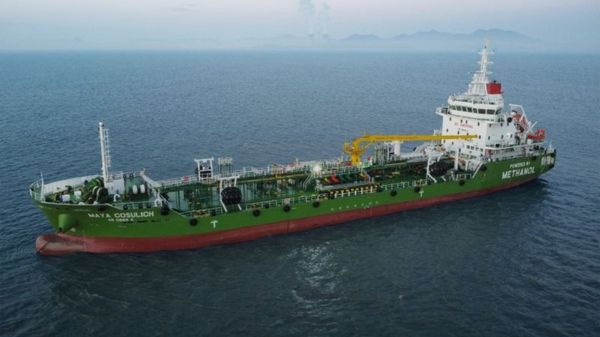
|
Landmark methanol-powered bunkering vessel departs shipyard
World's first methanol-powered IMO II chemical bunker tanker begins operations after completion of construction phase. |
|
|
|
||

|
Monjasa mourns death of senior trader Paul Pappaceno
Marine fuel supplier to hold celebration of life for 39-year industry veteran. |
|
|
|
||

|
Imabari delivers 13,900-teu container ship with future-fuel readiness
Japanese shipbuilder hands over One Synergy with methanol and ammonia conversion designs approved. |
|
|
|
||
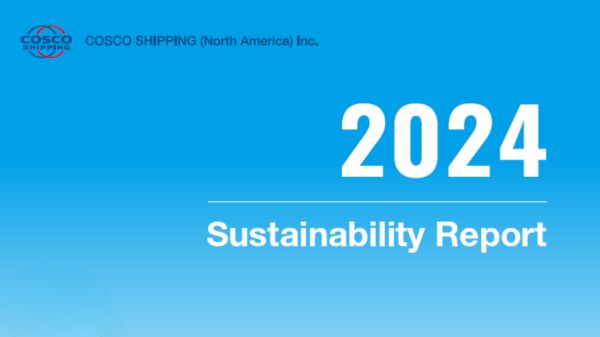
|
Cosco Shipping reports ongoing efforts to advance use of low-sulphur fuels
Company achieves near-total compliance with vessel speed reduction programs and 100% shore power use in Oakland. |
|
|
|
||
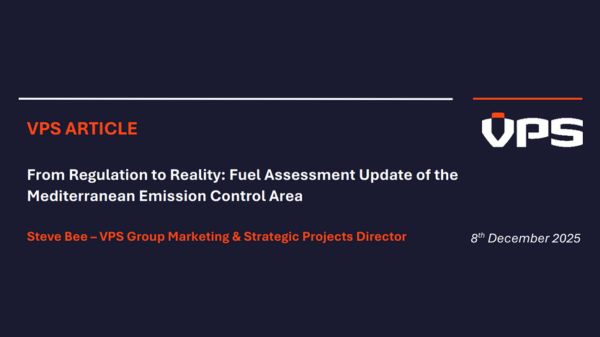
|
From Regulation to Reality: Fuel Assessment Update of the Mediterranean Emission Control Area | Steve Bee, VPS
|
|
|
|
||
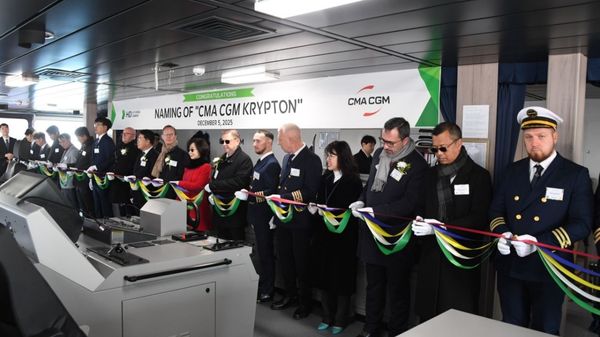
|
CMA CGM names 13,000-teu methanol-fuelled containership in South Korea
Dual-fuel vessel will operate on Asia-Mediterranean-Middle East service connecting three regions. |
|
|
|
||
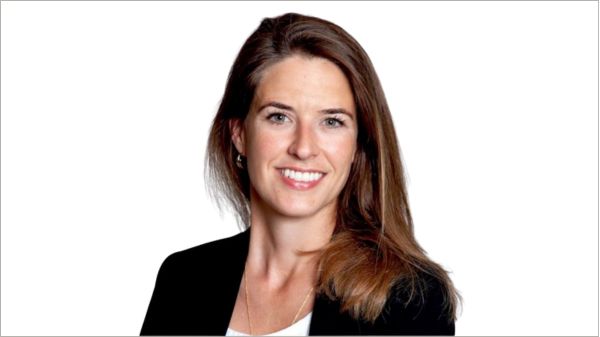
|
Shipping industry pivots to fuel efficiency amid regulatory uncertainty on decarbonisation
ABB says pragmatism prevails as shipowners focus on adaptable technologies following IMO net-zero framework delay. |
|
|
|
||
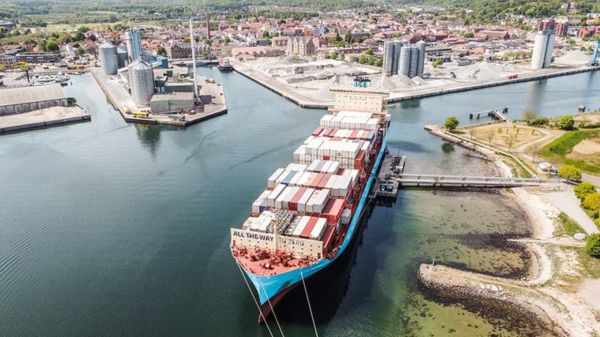
|
Maersk to trial 50% ethanol blend on dual-fuel methanol vessel
Shipping line plans higher-ethanol-content tests following initial 10% blend trial on Laura Maersk. |
|
|
|
||
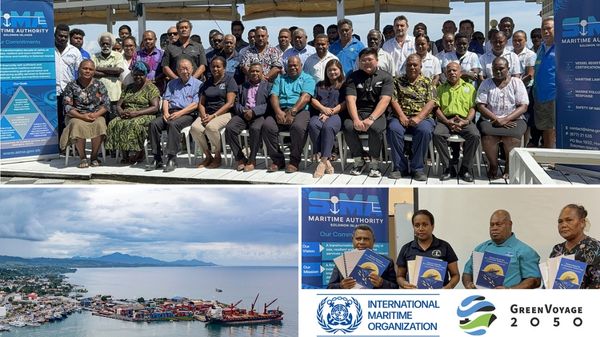
|
Solomon Islands unveils plan to reduce reliance on fossil fuels
Maritime authority develops roadmap with IMO support to modernise vessels and port infrastructure. |
|
|
|
||
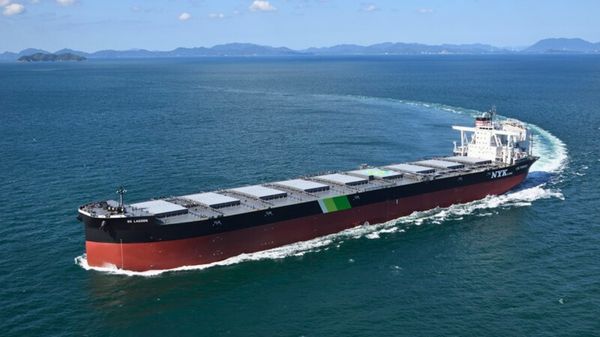
|
Japanese shipbuilder delivers LNG-fuelled Capesize bulk carrier
Imabari Shipbuilding completes 209,000-dwt vessel with dual-fuel capability and enhanced environmental performance. |
|
|
|
||
| LNG the only viable fuel: SEA-LNG [News & Insights] |
| Hydrogen and ammonia the best long-term fuel options, say owners [News & Insights] |